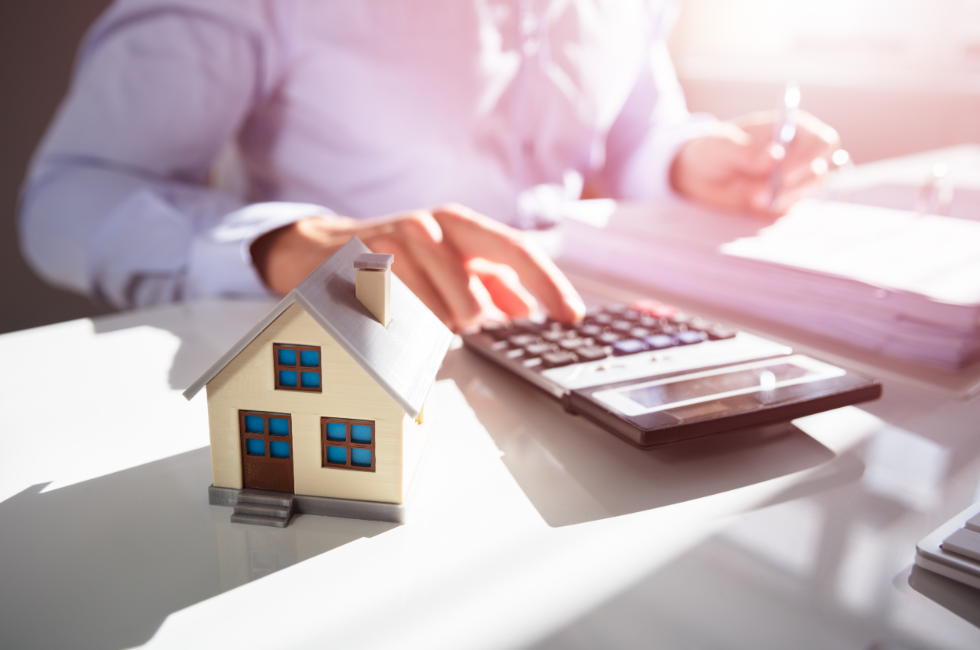Savvy investors know it’s important to keep an eye on the bottom line. This is as true with real estate investing as it is with any other type of investing. That’s why understanding the 70% rule in house flipping can help you decide if a property is priced right.
When considering a property for flipping, you should always make sure you purchase it at a price that will yield good returns when the time comes to sell. Overspending on a property can make it difficult to recoup your initial investment, and eat away at profits.
What Is The 70% Rule?
The 70% rule is a formula used by fix and flip investors to help determine whether or not a property is priced right for flipping.
The basic calculation involves subtracting the cost of repairs and upgrades from what the home can be sold for in its after repair value (ARV) condition, and then ensuring that the purchase price is no more than 70% of this number.
This can provide a good starting point when evaluating potential properties. Of course, you should always do your own research to confirm the sale price is fair and won’t leave you in a difficult financial situation.
How Does It Work?
The 70% rule formula itself is relatively simple. First, establish the ARV of a potential property.
Next, subtract all of the costs associated with repairing and upgrading the property from this number. The net result represents the ideal maximum purchase price of the property.
For example, if a property can be sold for $400,000 after it has been renovated, and repairs and upgrades will cost an estimated $50,000, then you would calculate the maximum purchase price as follows: $400,000 ✕ .70 – $50,000 = $230,000. Thus, $230,000 would be the maximum amount a flipper investor should pay for the property.
While the 70% rule formula itself is fairly straightforward, it’s important that you are realistic with both your ARV and estimated renovation costs/expenses figures. Estimating too high an ARV, for example, regardless of the accuracy of your estimated renovation costs, could result in you over-paying for a property.
Similarly, accurately estimating your ARV, but underestimating your repair costs, may also result in paying too high a price for a property up front.
How Do I Estimate ARV And Repair Costs?
Estimating both the ARV and repair costs is a bit of art and science, and the more time spent during the due diligence process before purchasing a property to flip, the greater your chances of success.
That’s why it’s important to work with real estate agents, home inspectors, and contractors who can guide you to a more accurate assessment of what your property will cost in terms of repairs and upgrades, as well as how much it could potentially fetch when it’s time to sell.
Additionally, you’ll want to be sure to factor in other costs, such as property insurance coverage for your fix and flip project.
It’s important to enlist an insurance agent or broker who understands the nuances of fix and flip investing, and can help ensure you have the right coverage in place before you start your project.
Bottom Line: The 70% Rule Is Not A Substitute For Detailed Analysis And Thorough Due Diligence
The 70% rule can be a good starting point when assessing potential real estate investments.
However, to maximize your chances of success, remember that any formula or rule of thumb should only be used as just that – a starting point during the process of evaluating your investments.
And again, real estate investing of any kind, including fix and flip investing, carries inherent risks. As part of the due diligence process, be sure to review your overall risk tolerance and don’t bite off more than you can chew.
It’s important to remember that ultimately, you are responsible for doing your own due diligence before investing in a property, and that includes engaging the right team of experts to help you establish an accurate ARV and repair cost estimates.
Doing so will help ensure you invest in properties where your margins are healthy enough to make a profit from when it comes time to sell the property. Good luck!
****This article is intended for informational/educational purposes only. It is not meant as, nor should it be interpreted as, actual investment advise regarding real estate investing of any kind, including fix and flip real estate investing*****

